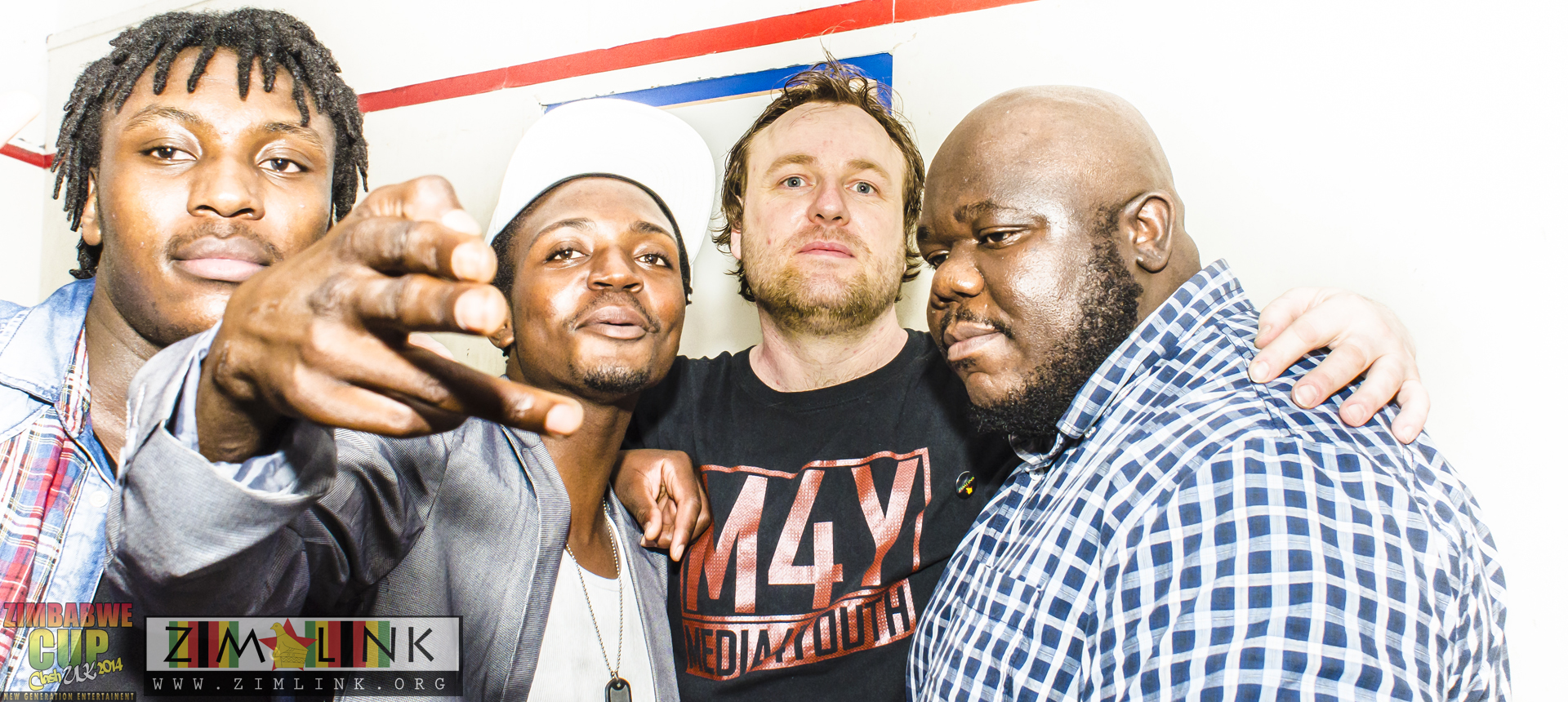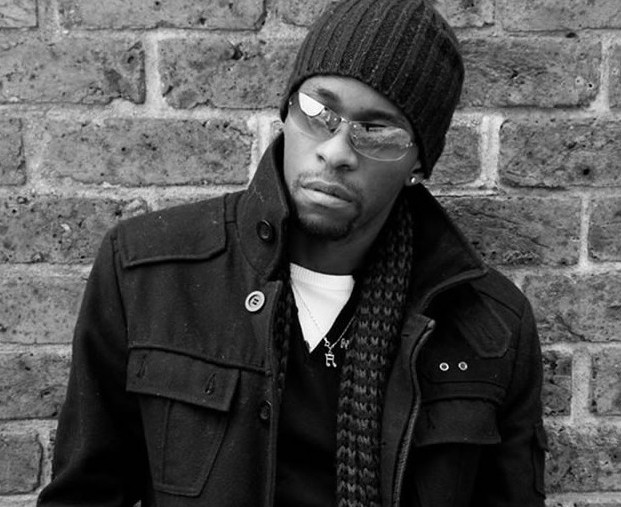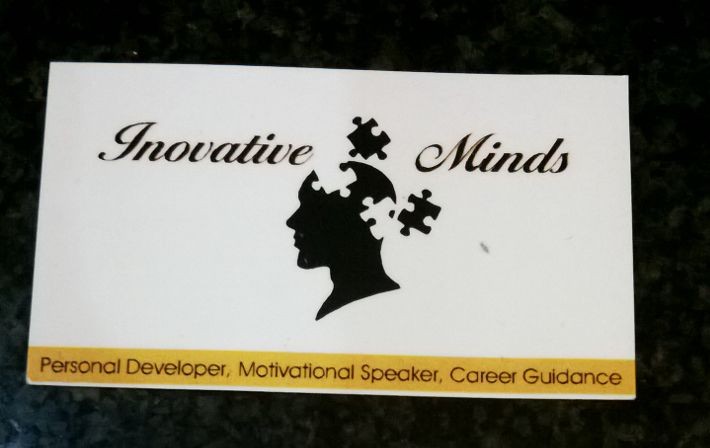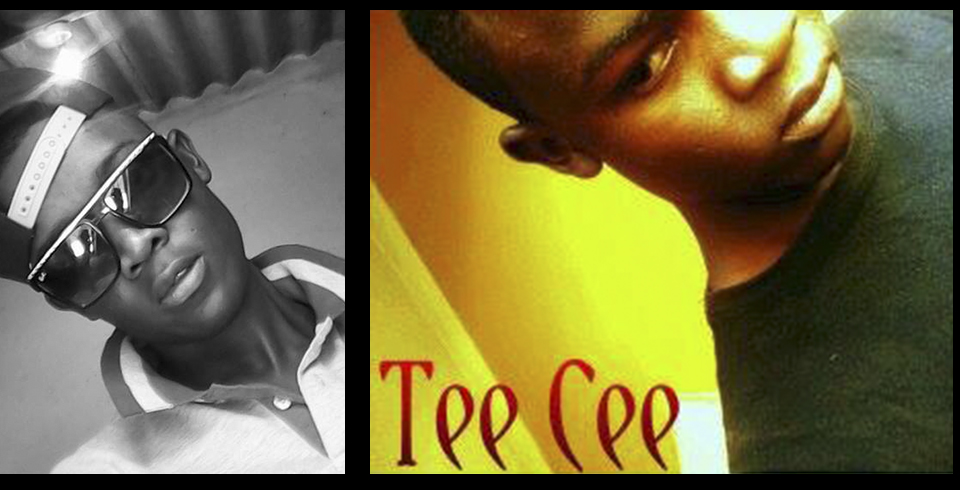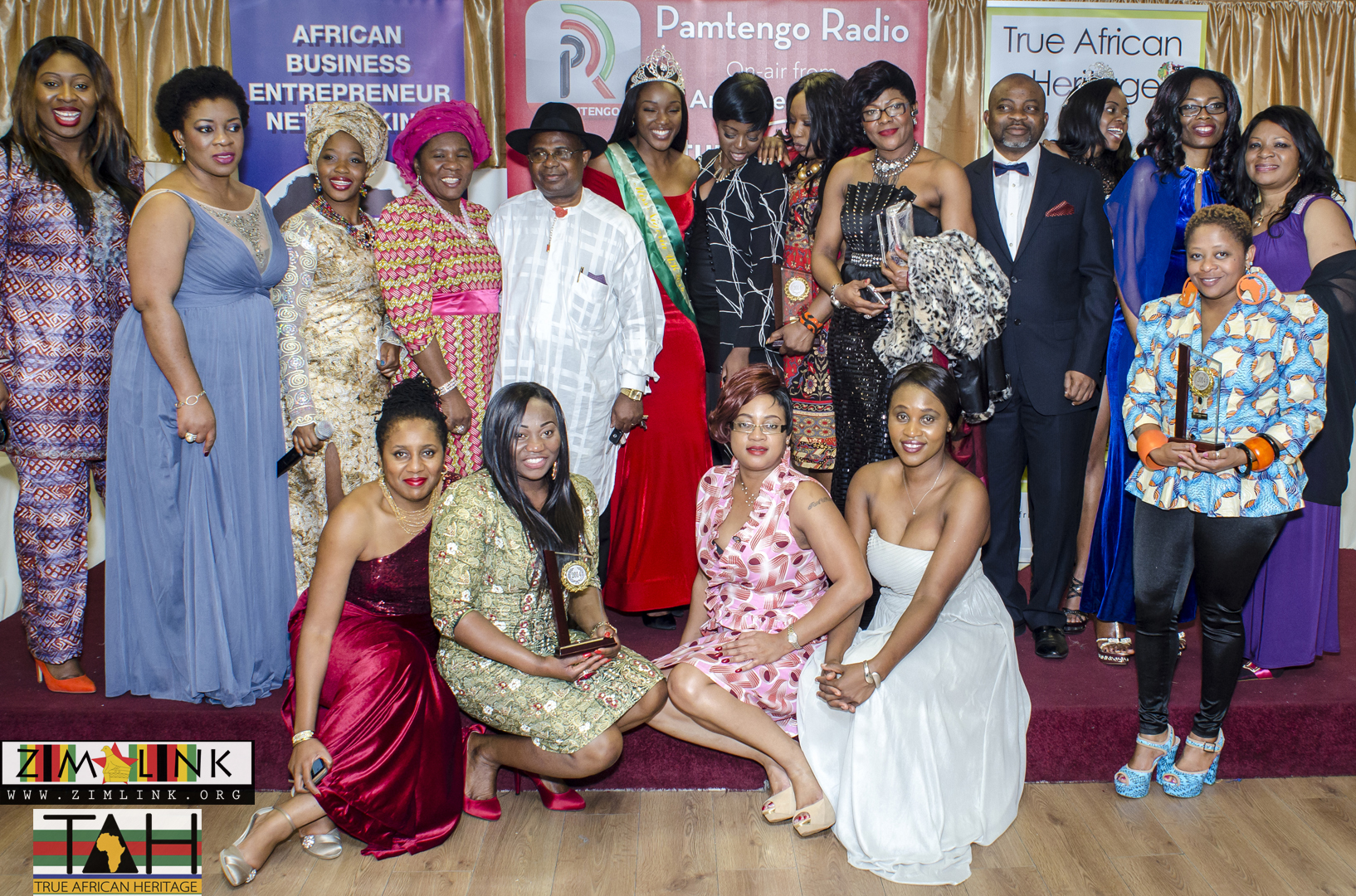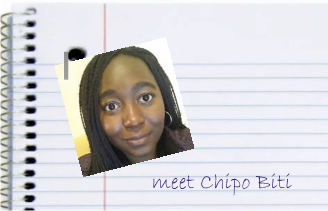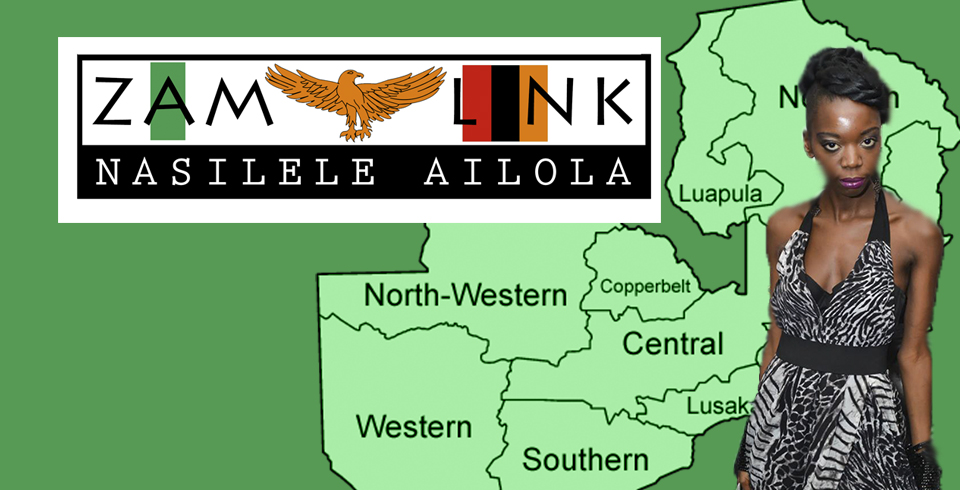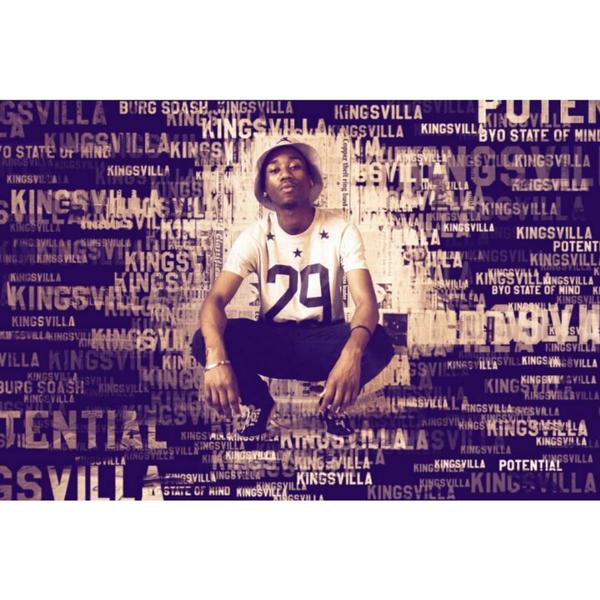It is not accidental that daily nowadays from the poorest to the rich you will hear the sounds of Zim Dancehall banging in the speakers of the regular man. Dancehall’s popularity in Zimbabwe has risen in the past few years so much that certain people now call it the new “Sungura”.
Sungura has been known to have wide appeal, being able to relate to societal problems and reach a wide audience while making people dance. The average social struggle song in sungura is danceable in shebeens and Sungura because of that has a wide reach. Likewise Zim dancehall has been able to carry a message in a way that is realistic to the majority of Zimbabwe and this has allowed it to break into the mainstream with radio stations now giving it more coverage as they noticed it’s demand.
The artistes are also now performing abroad and getting good endorsements from the corporate world. Zimbabwe has always had a loftiness for that Jamaican sound, considering that Bob Marley performed at our independence and most respected ghetto youths are know as Ras {Insert Name Here}. Riddims and Ma chune as they call them mainly were played in the ghetto where the public is.
Zim Hip-hop on the otherhand is still looking for it’s break throughs though due to the format of their content they will always have a hard time appealing to the ghetto. Zim dancehall addresses family and money problems for example while hip-hop seems to act like all is well most of the time. There is surely realistic hip-hop of course but it’s not the one competing with dancehall on the mainstream. Another truth is that most Zim Dancehall is in Shona which is a local language and “urban grooves era” proved to us that people in Zimbabwe respond better to local languages than any locally made content in English.
This goes for Television. Soapies done in English purely like Estate Blues were never more popular than Gringo which was entirely done in Shona. Hip-hop has a tendency to call hip-hop done in Shona “Urban Grooves”, which to many rappers is “degrading”. So it seems the genre will continue doing badly at mass appeal with make belief lyrics.
Great names from Cloud9 Empire, Killa T, She Calaz , Bounty Lisa and Souljah love have managed to paint pictures vividly of how we live in Zimbabwe that’s why they make a cutting edge. In hip-hop people like Karma and Synik have also managed to tell the same reality, but perhaps language has got them into the stereotypical lens.
I listen to both genres and I am vouching for cross collaborations between the two genres as MMT and Tehn Diamond have already done with Dhadza D. It will spread the message faster.

